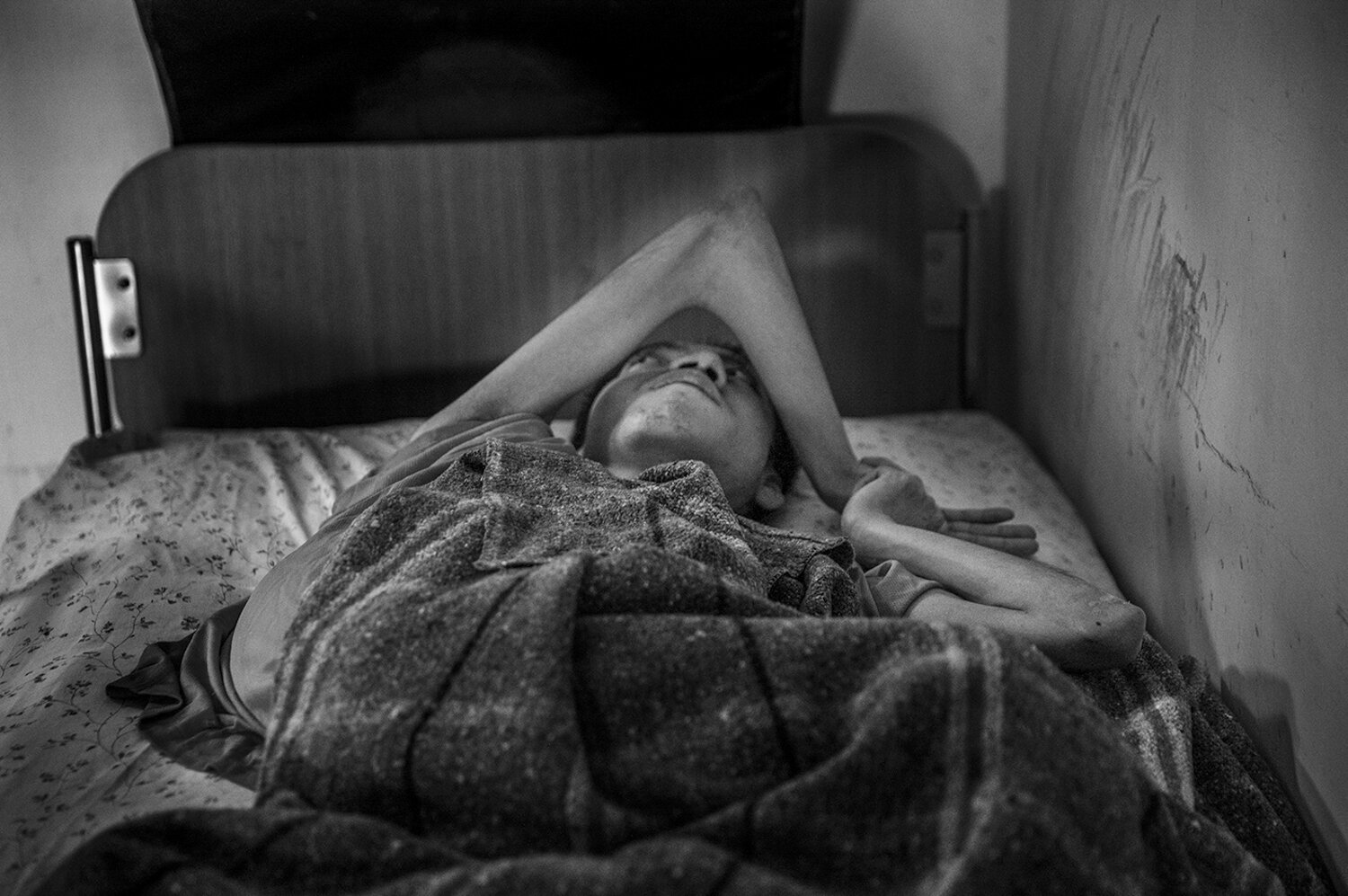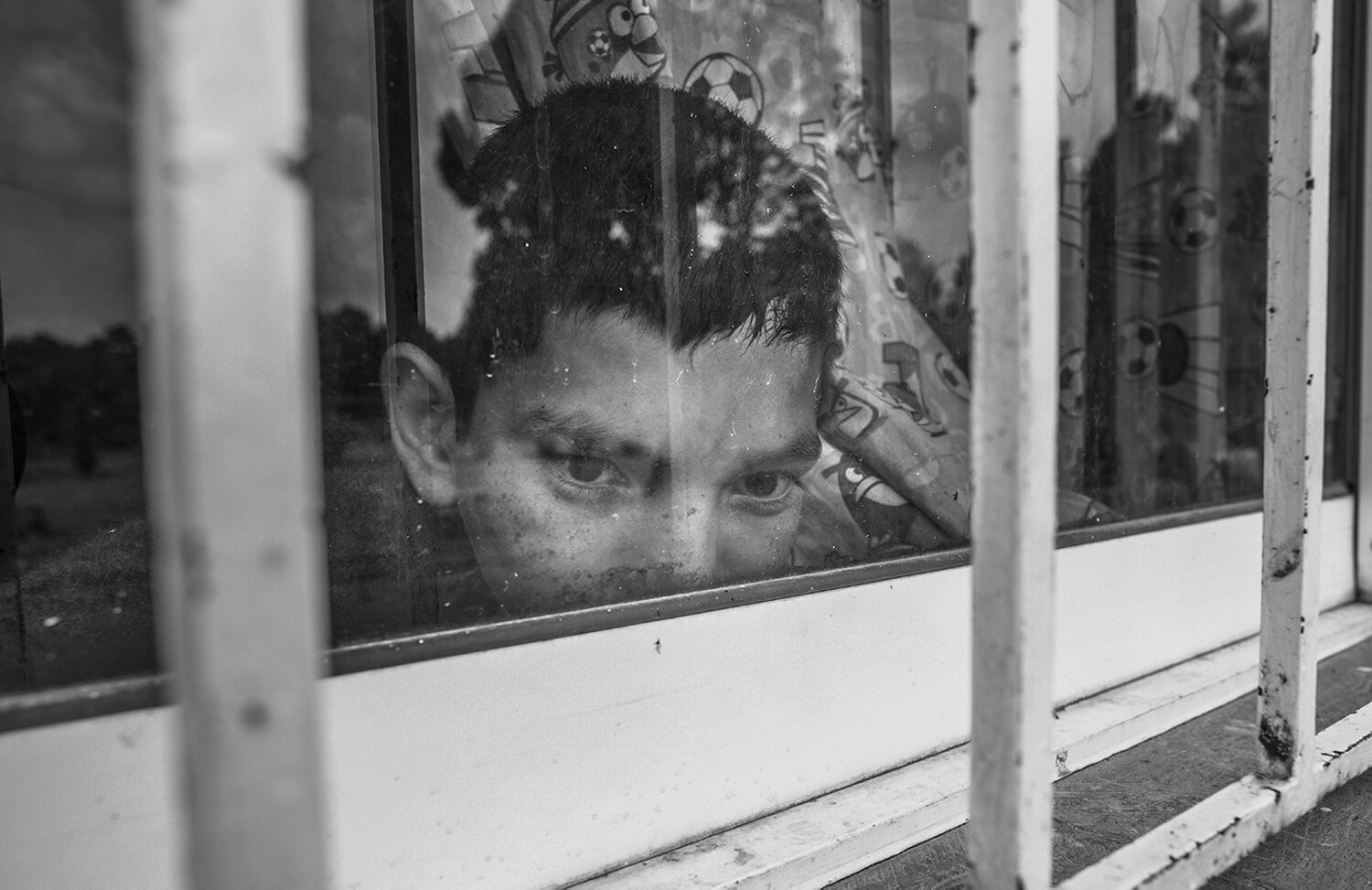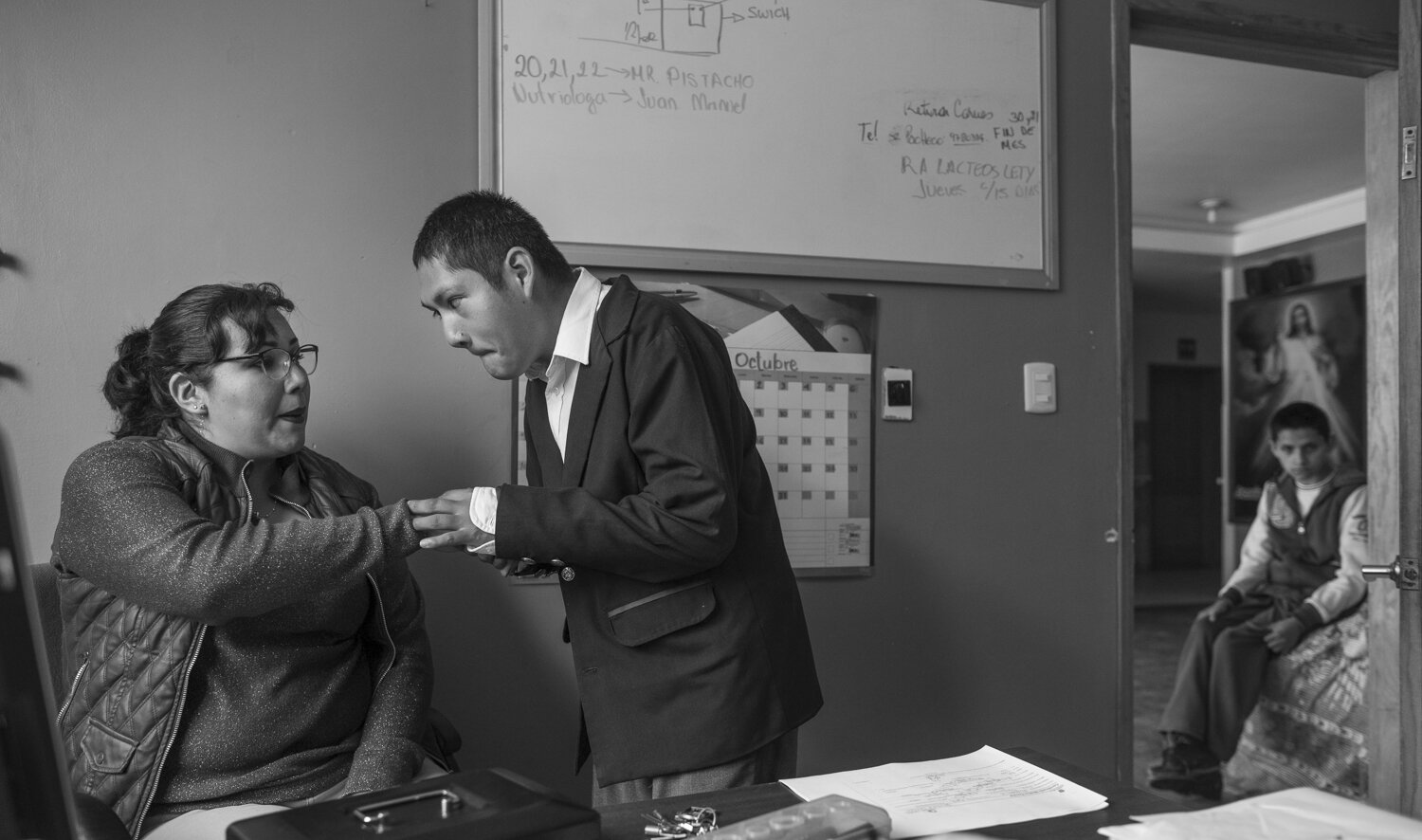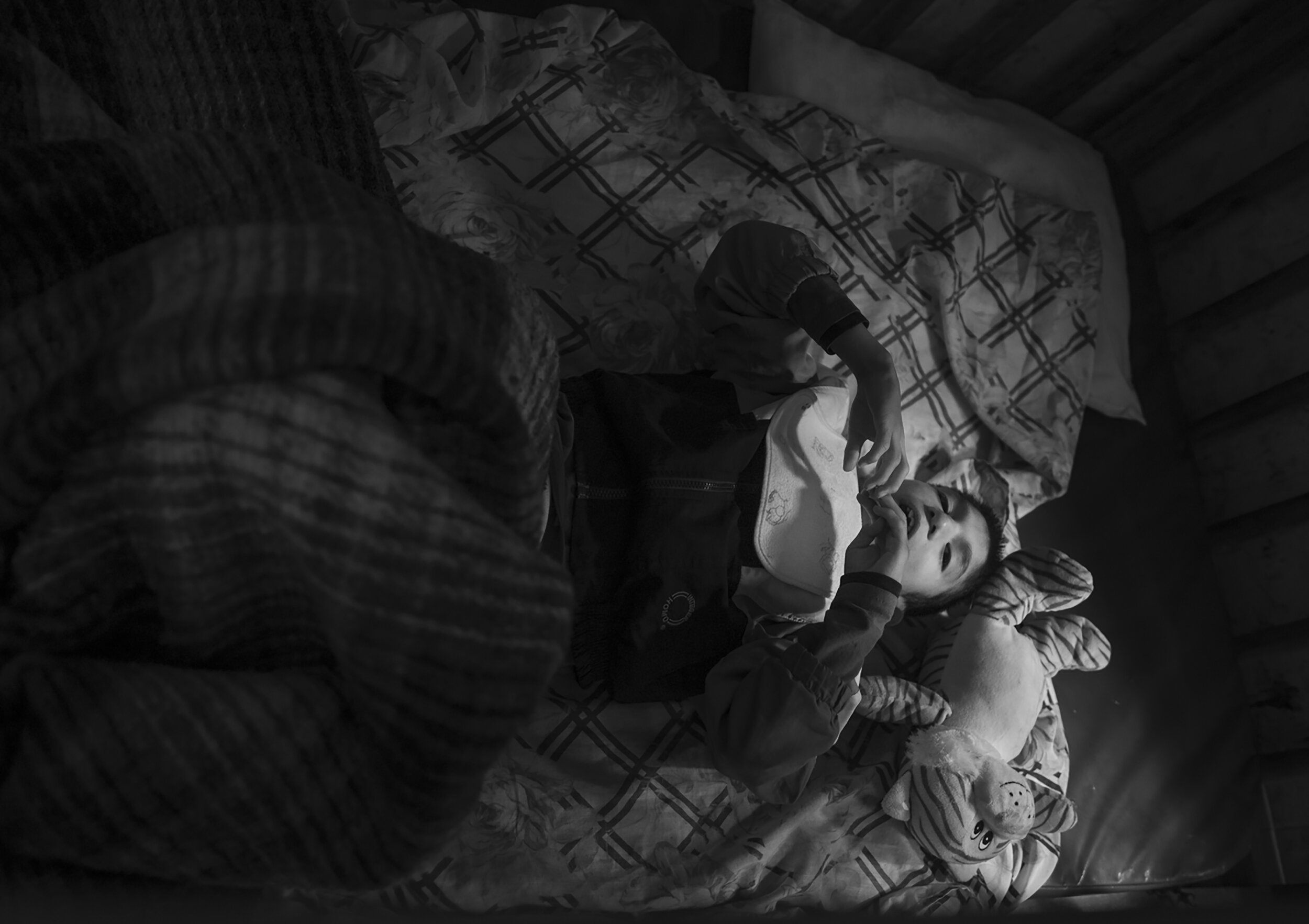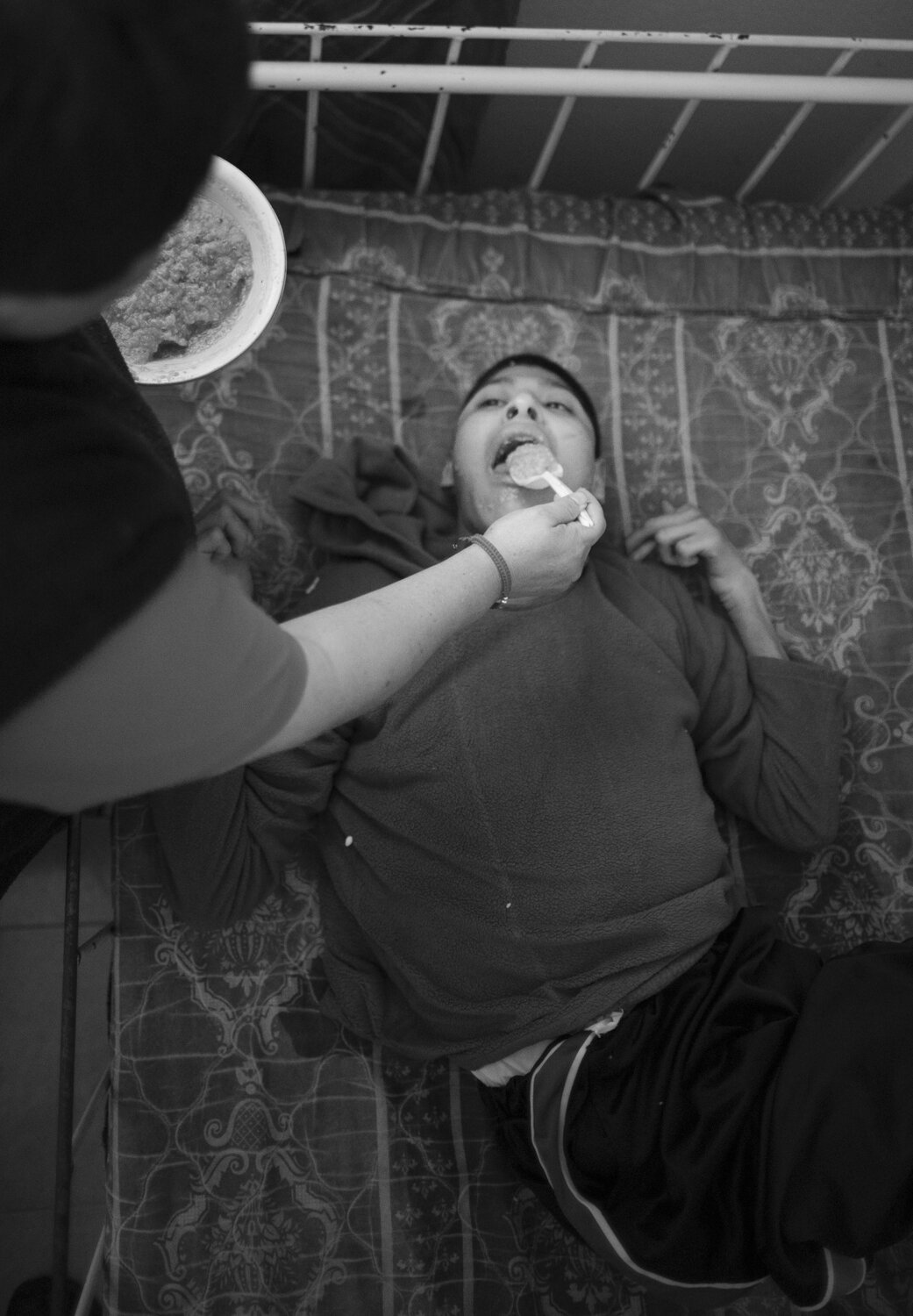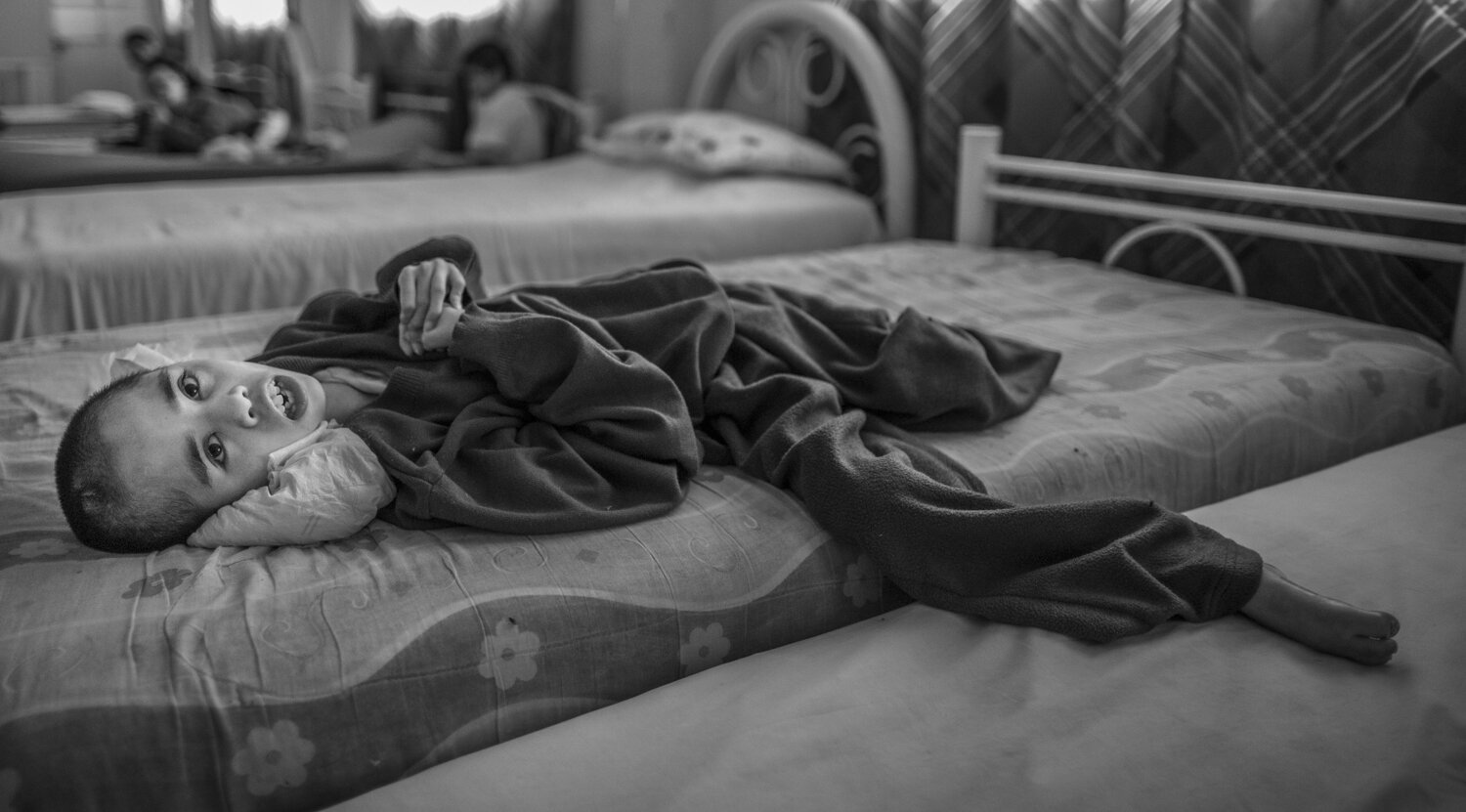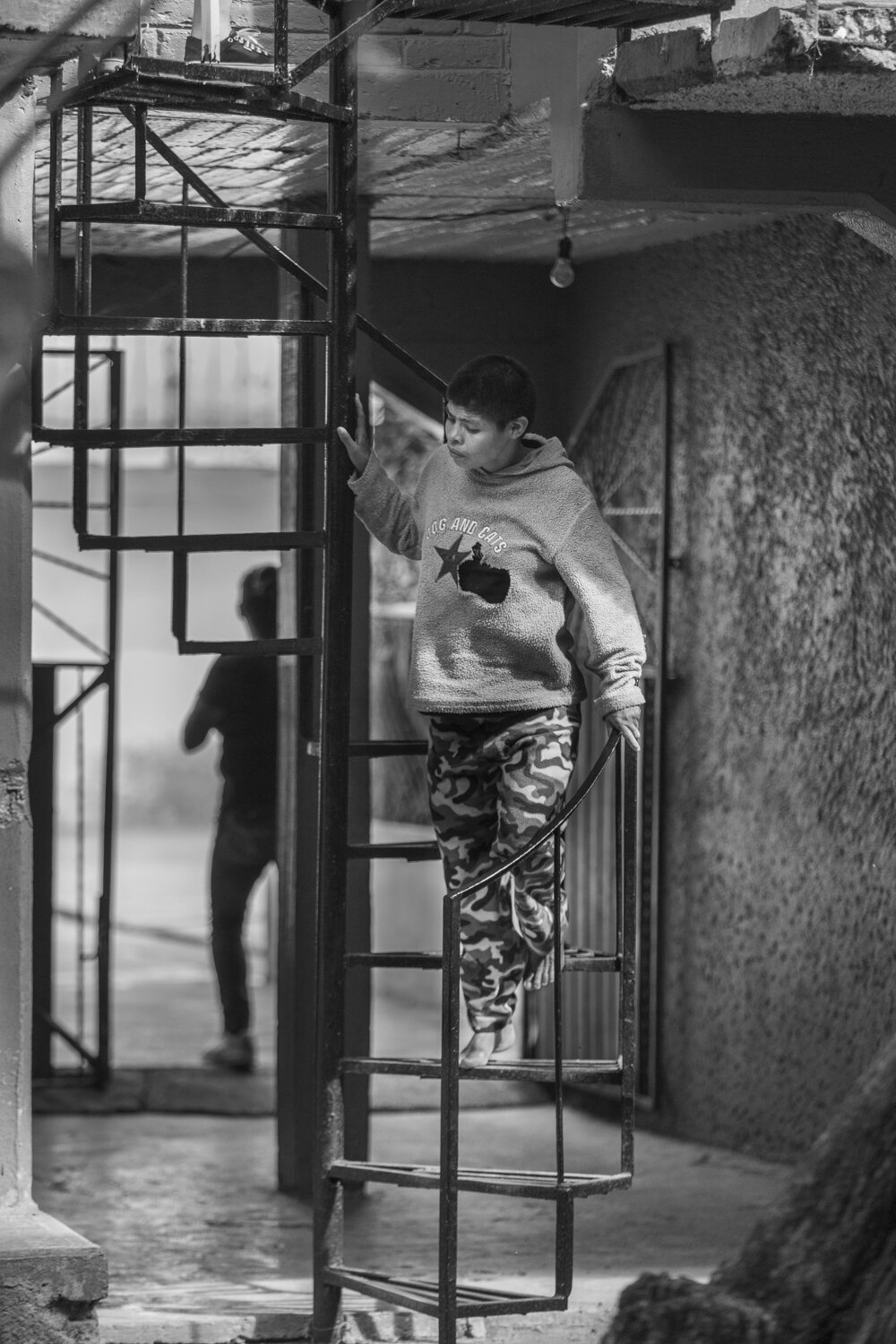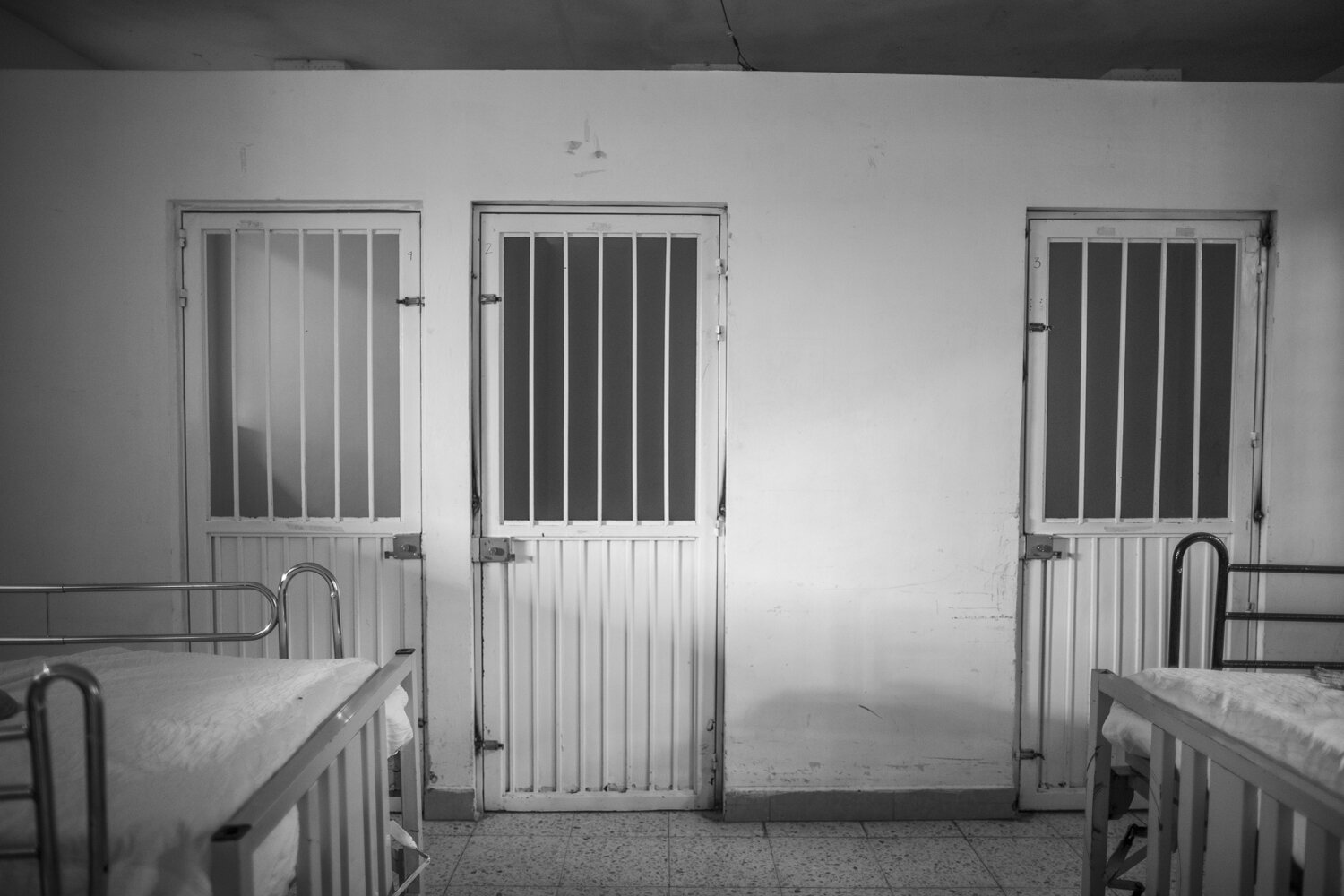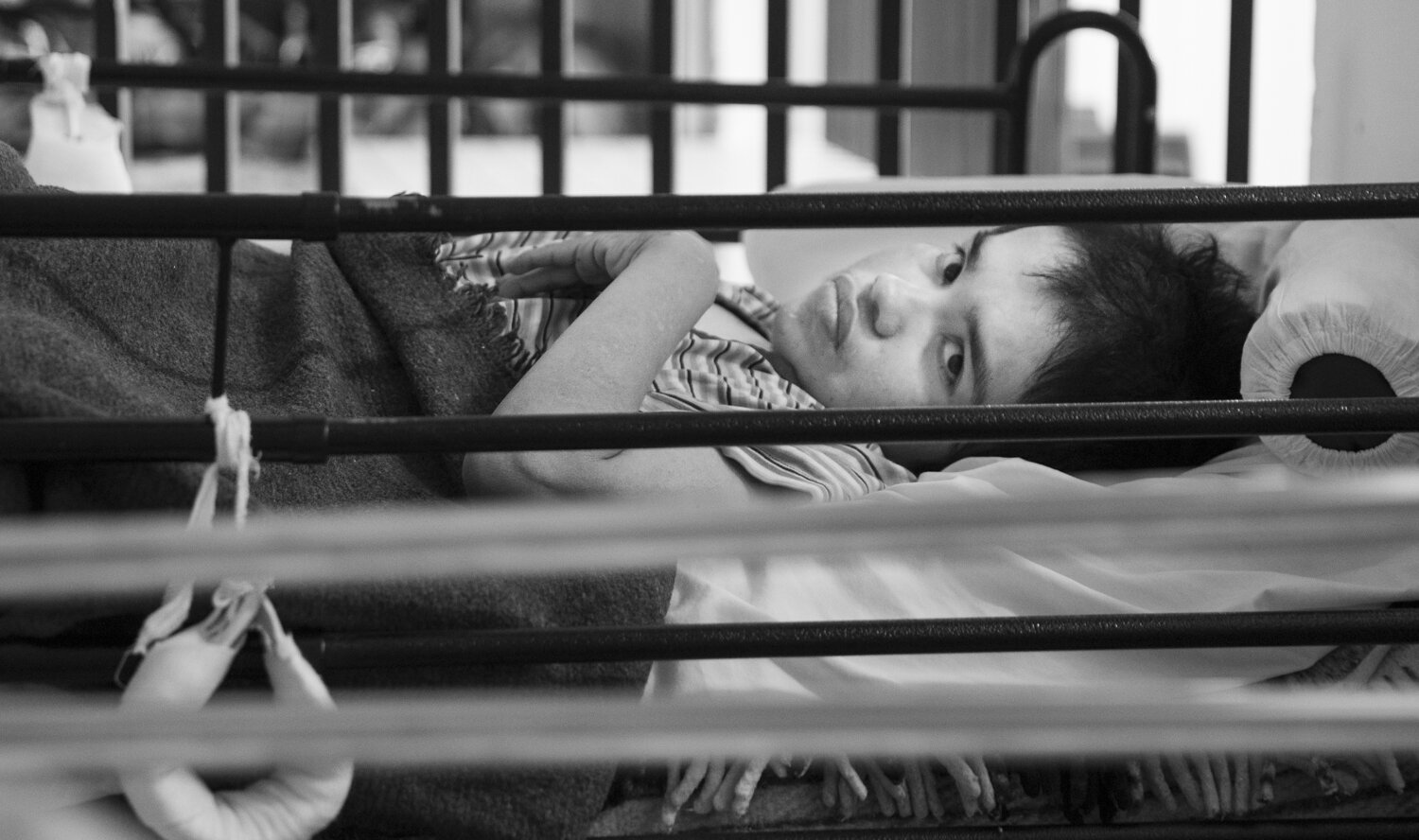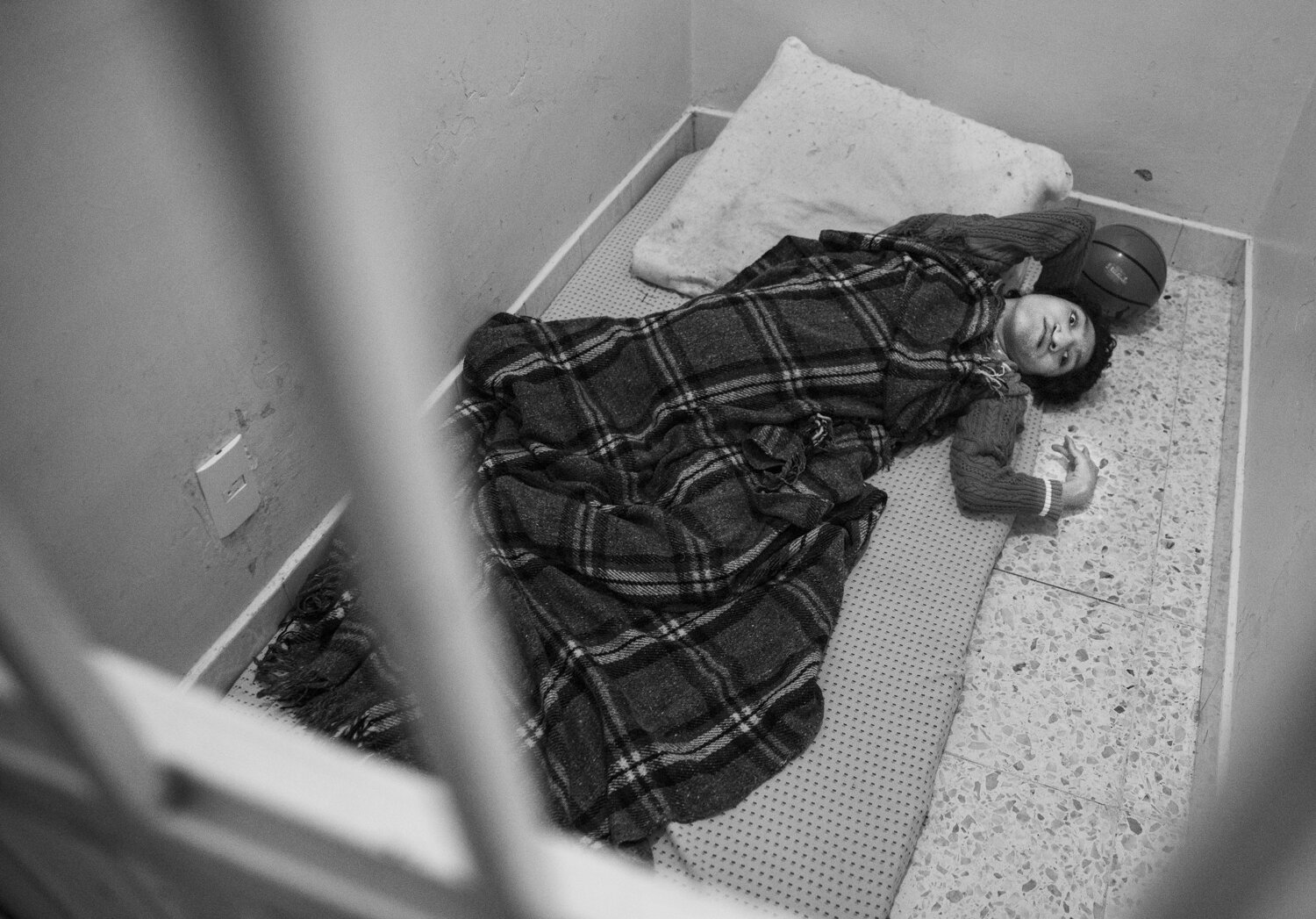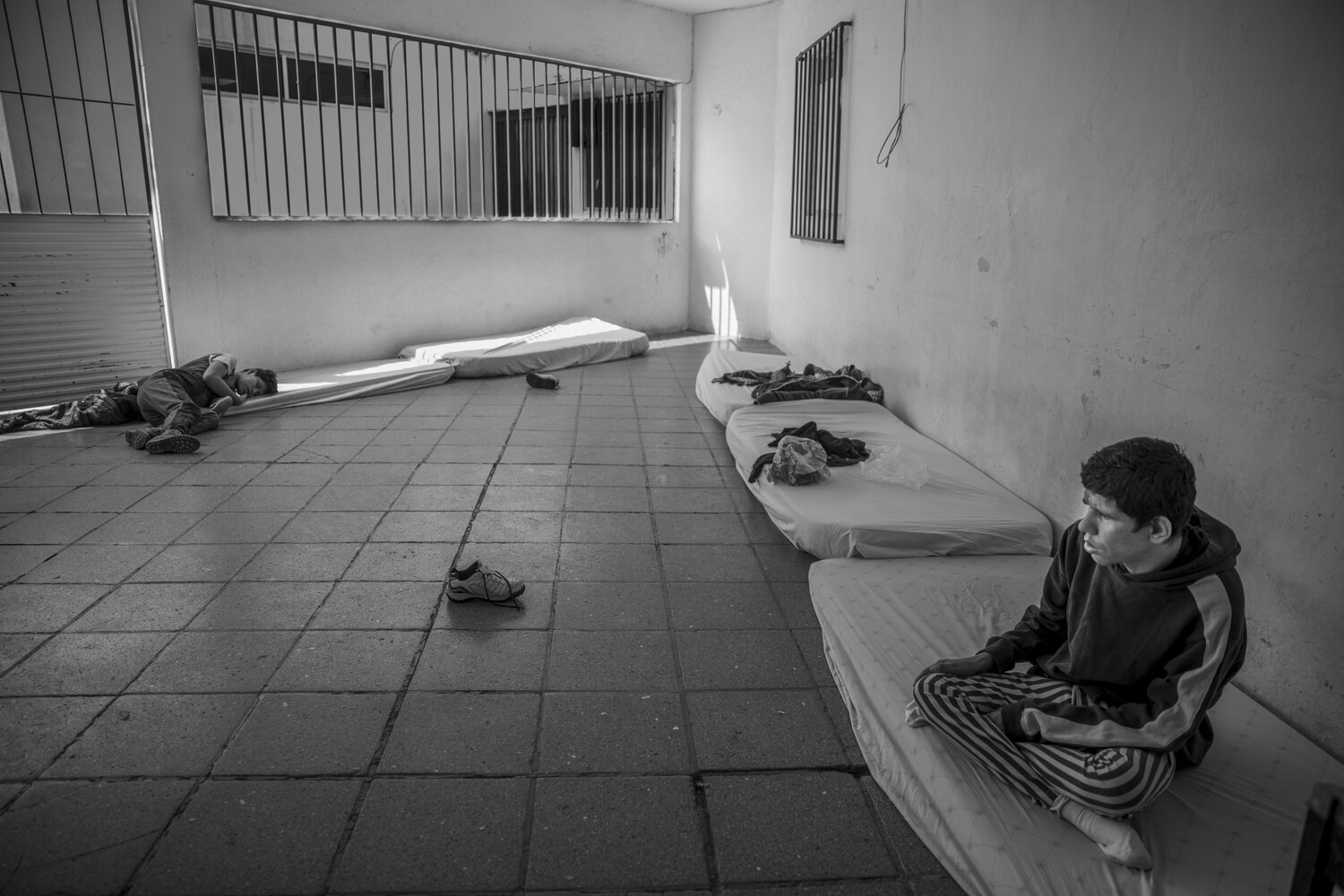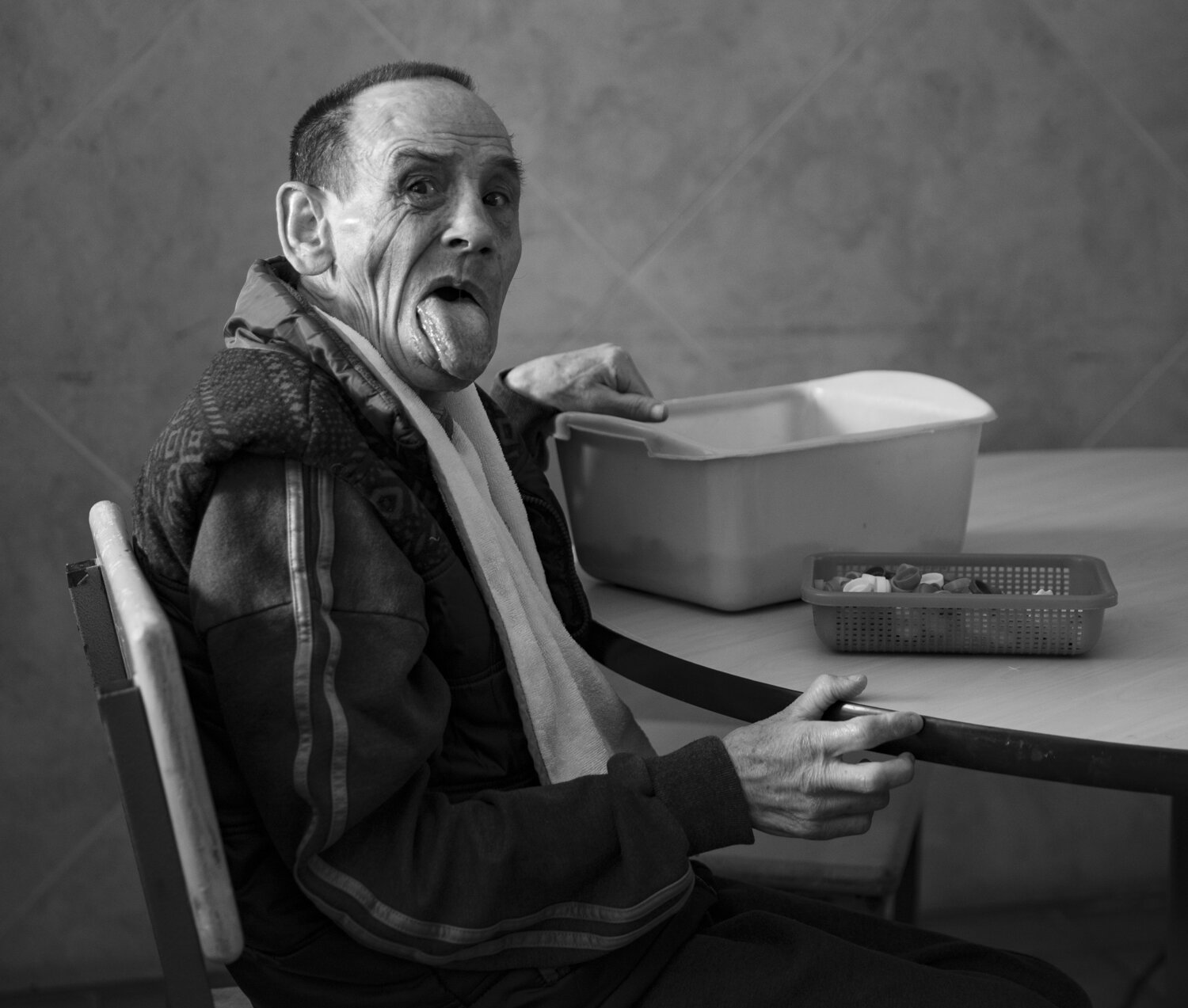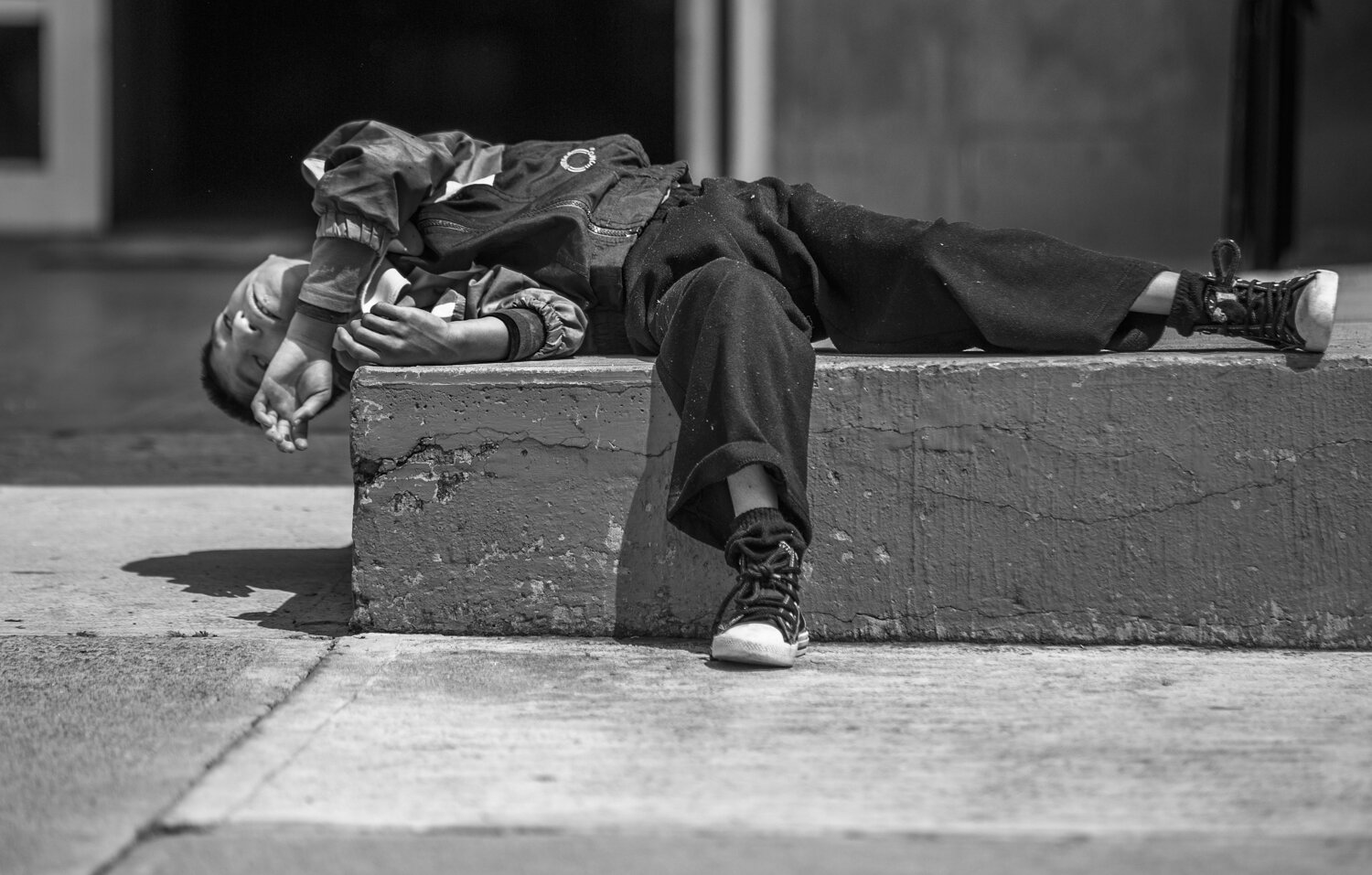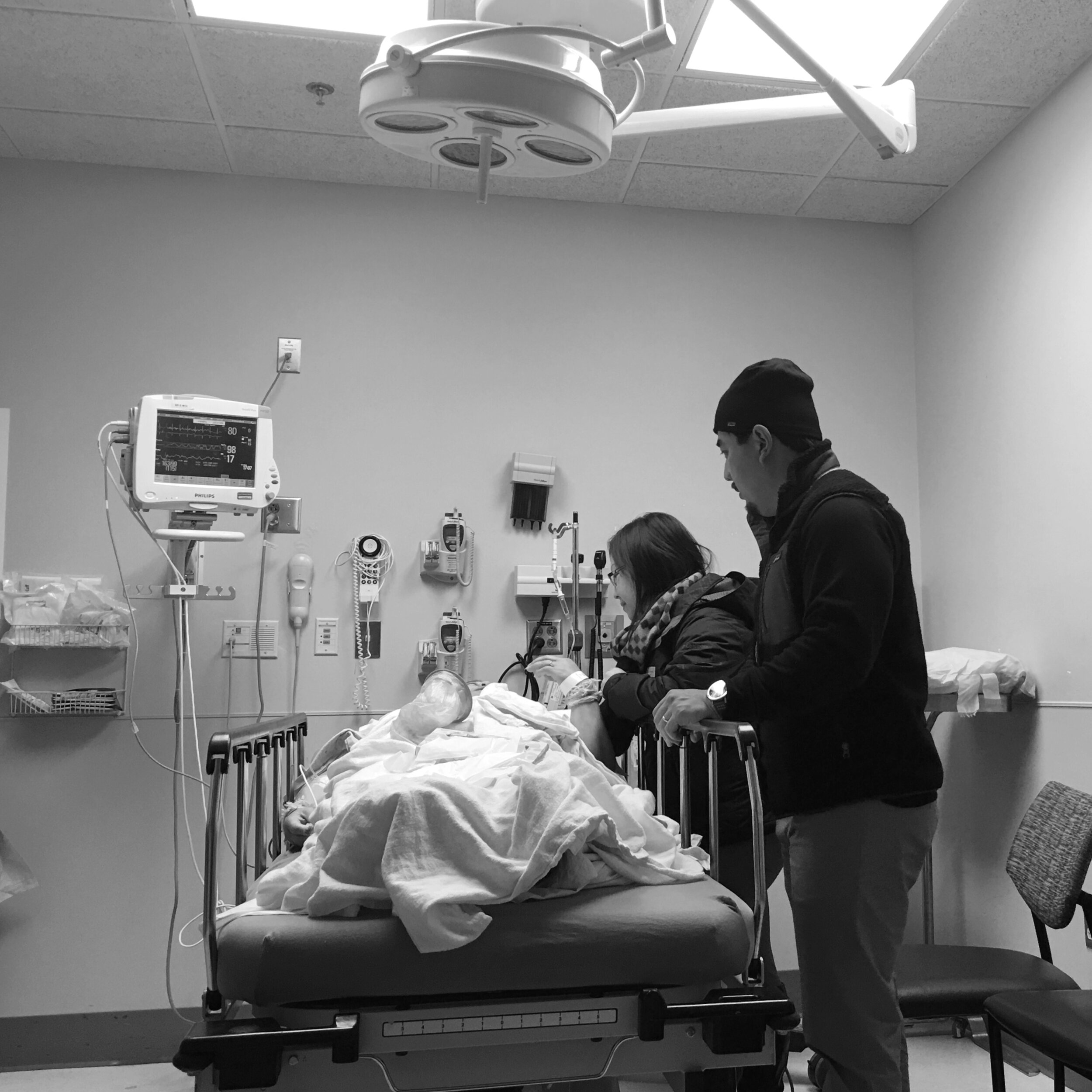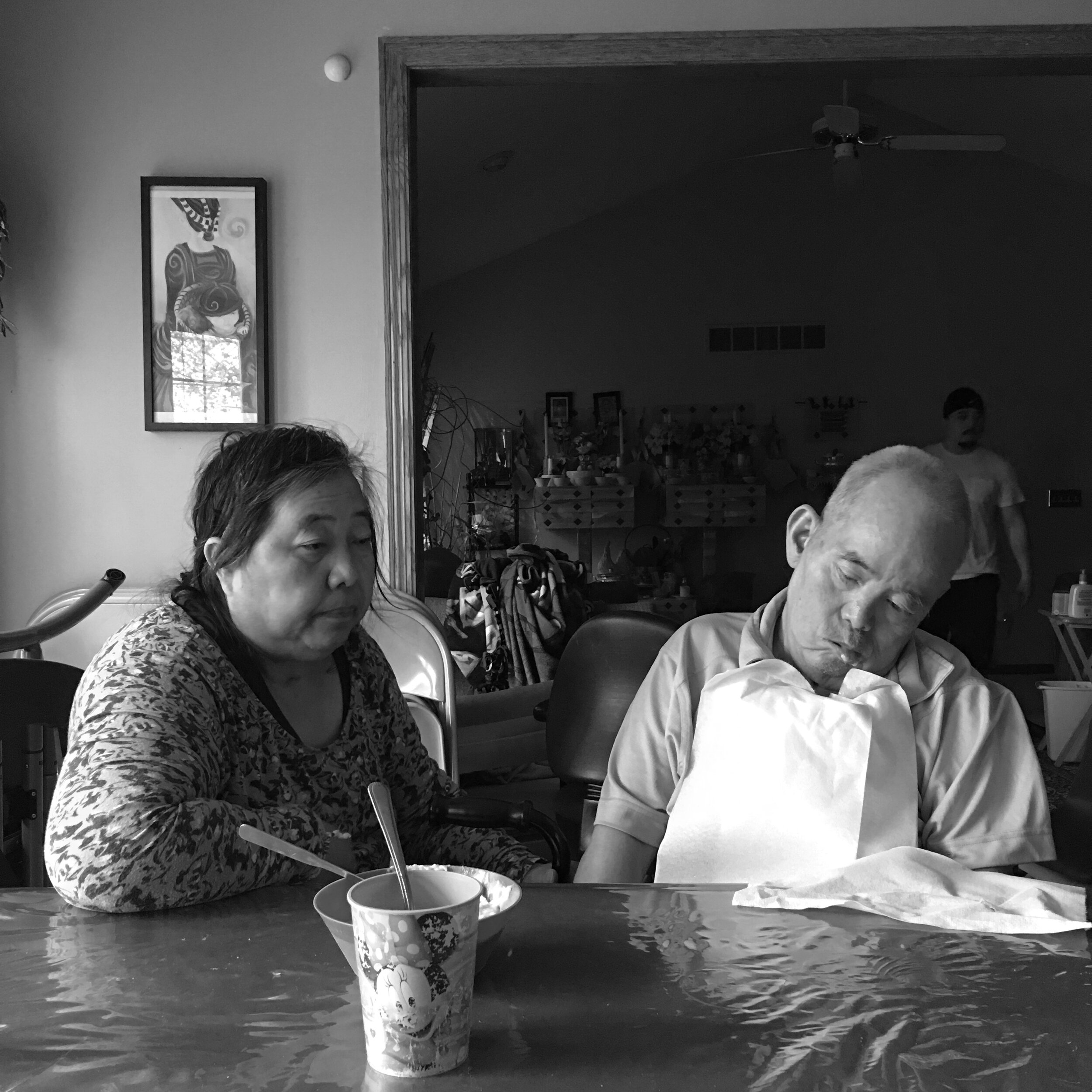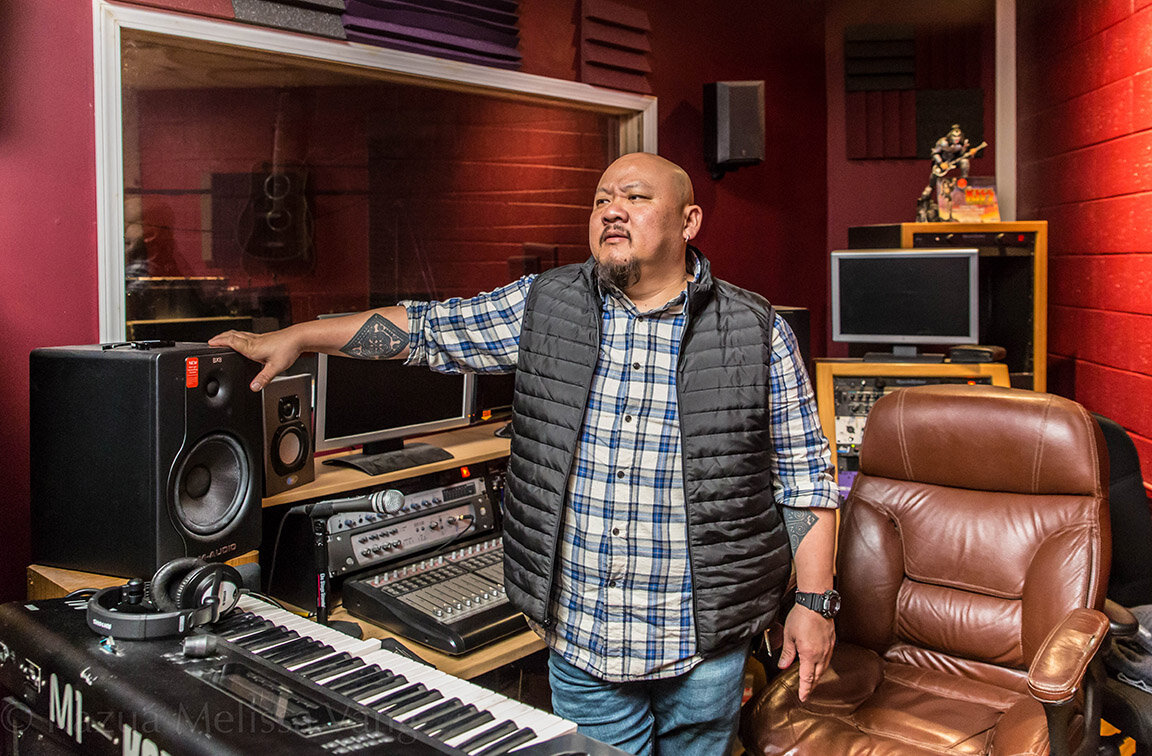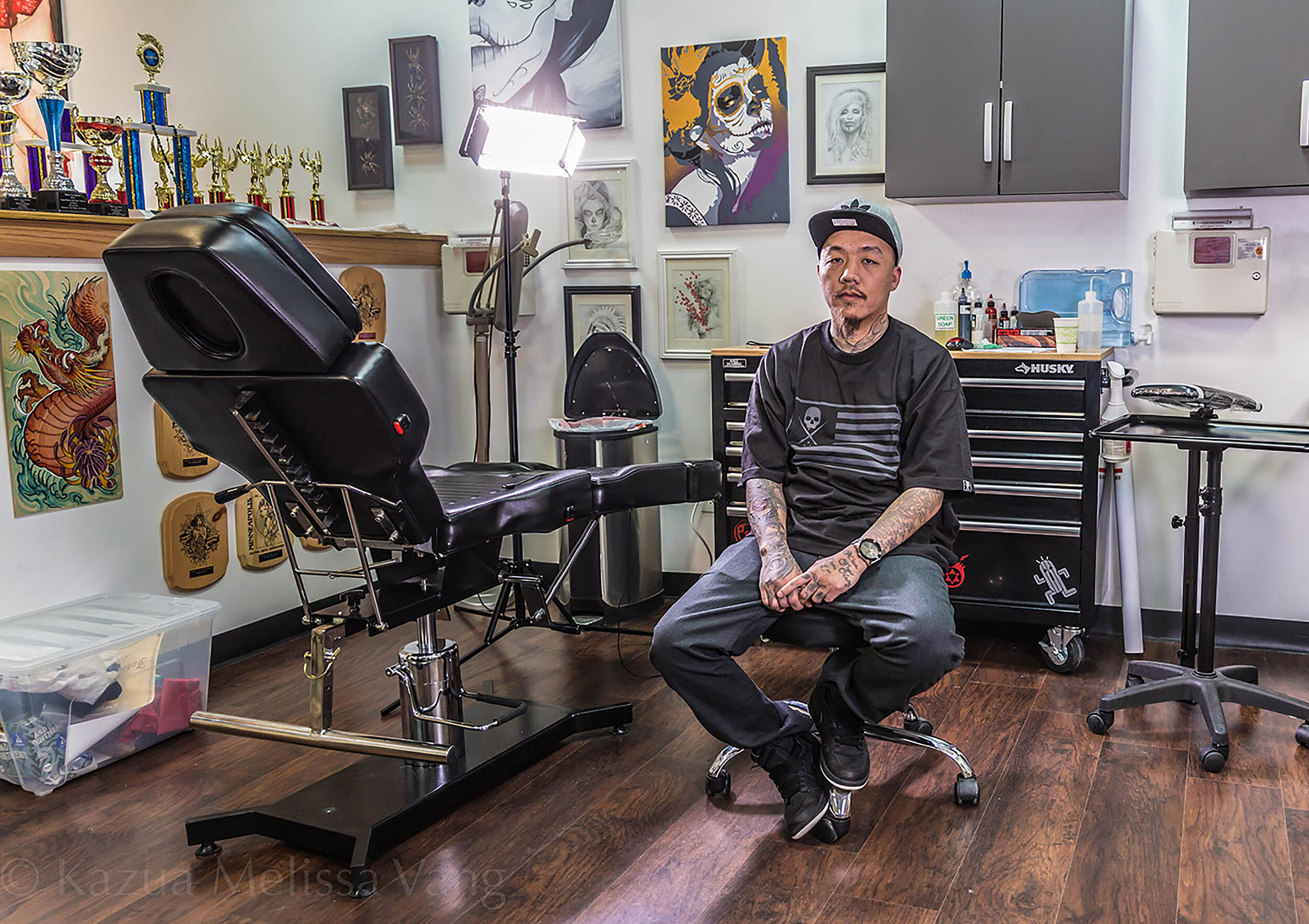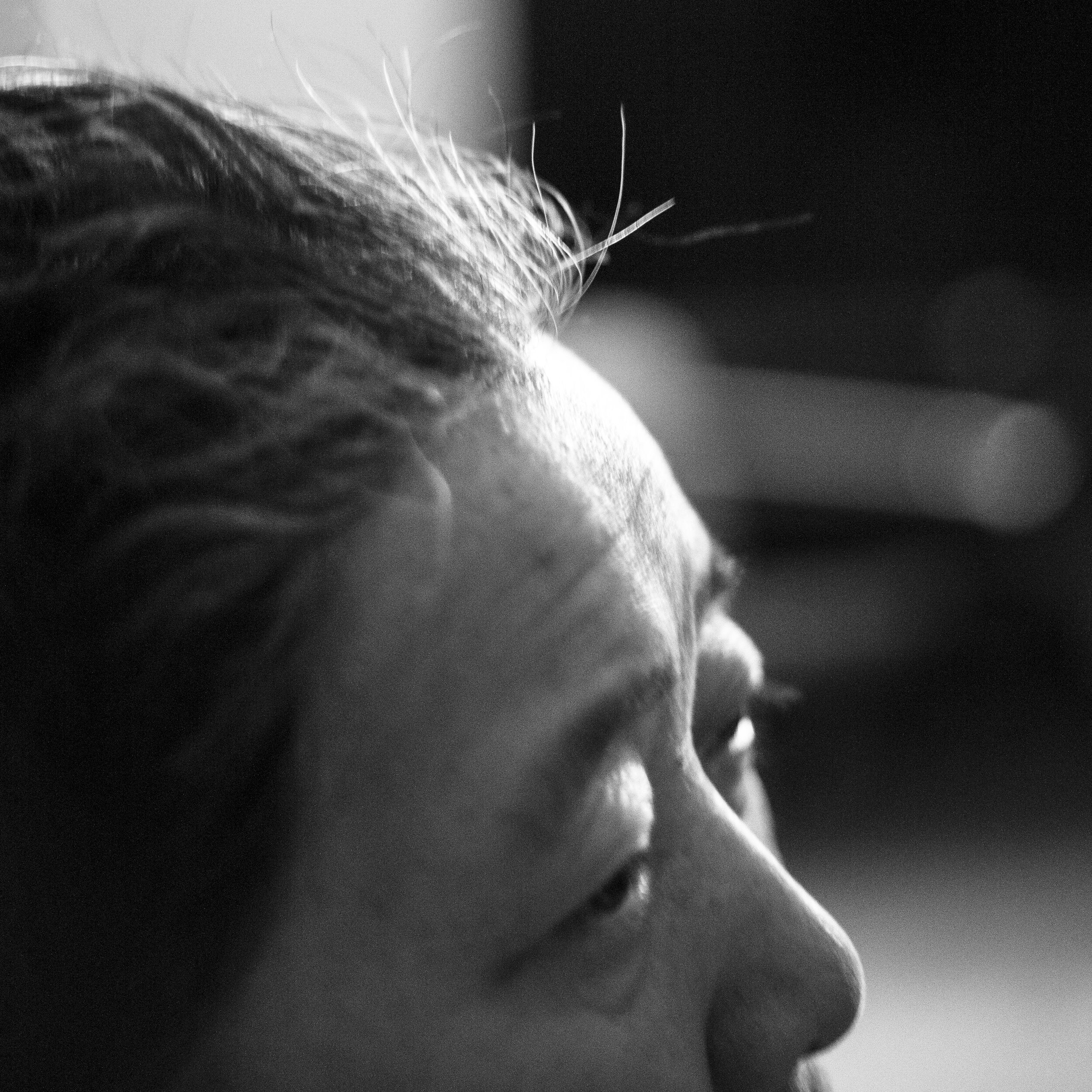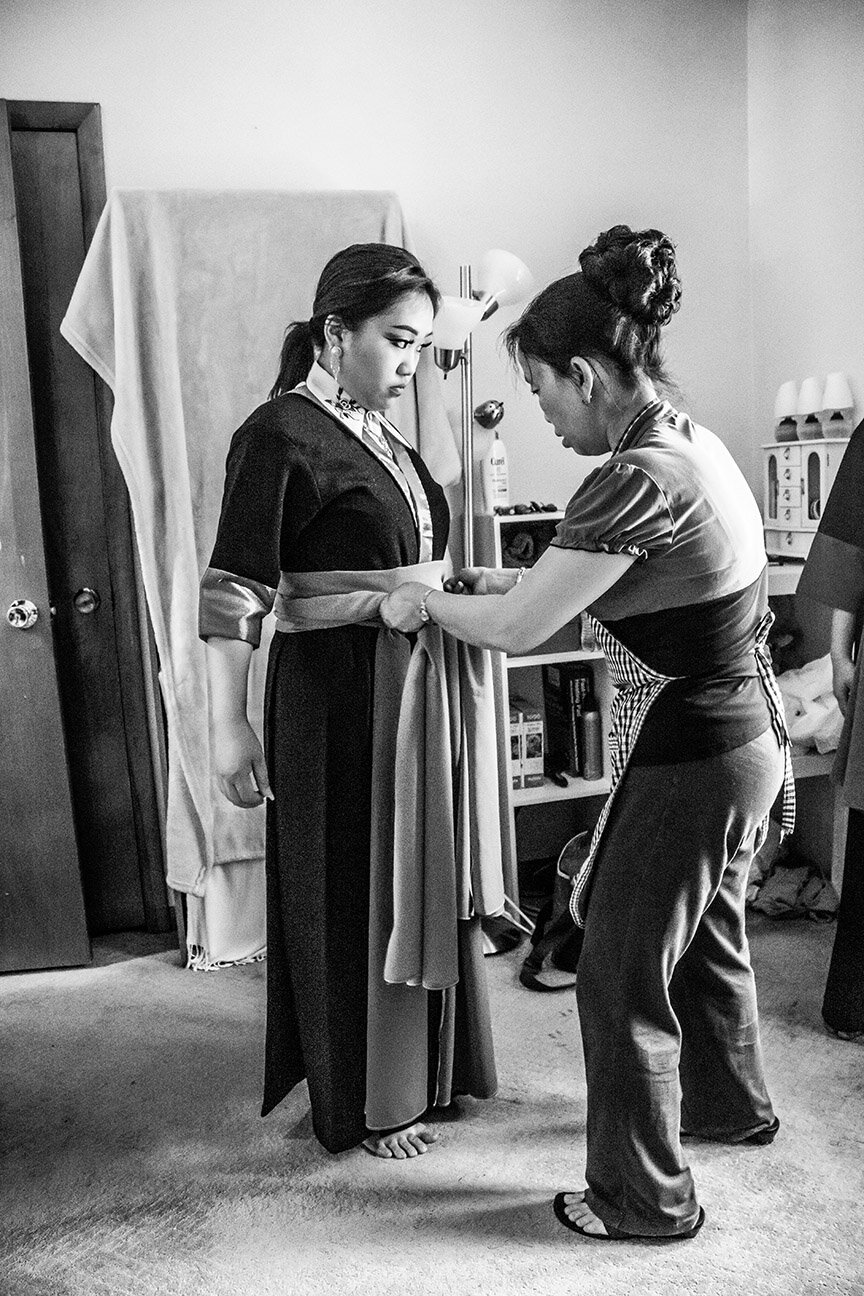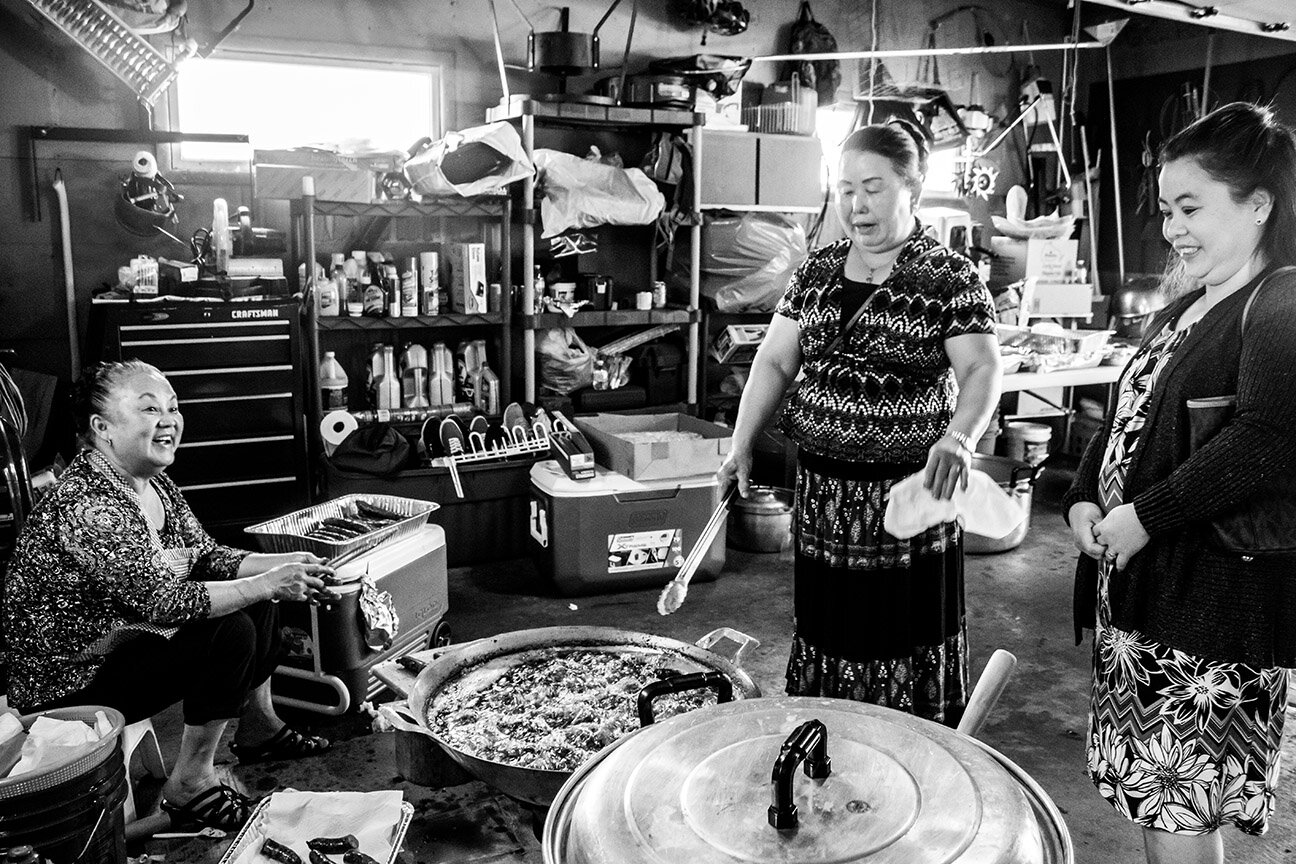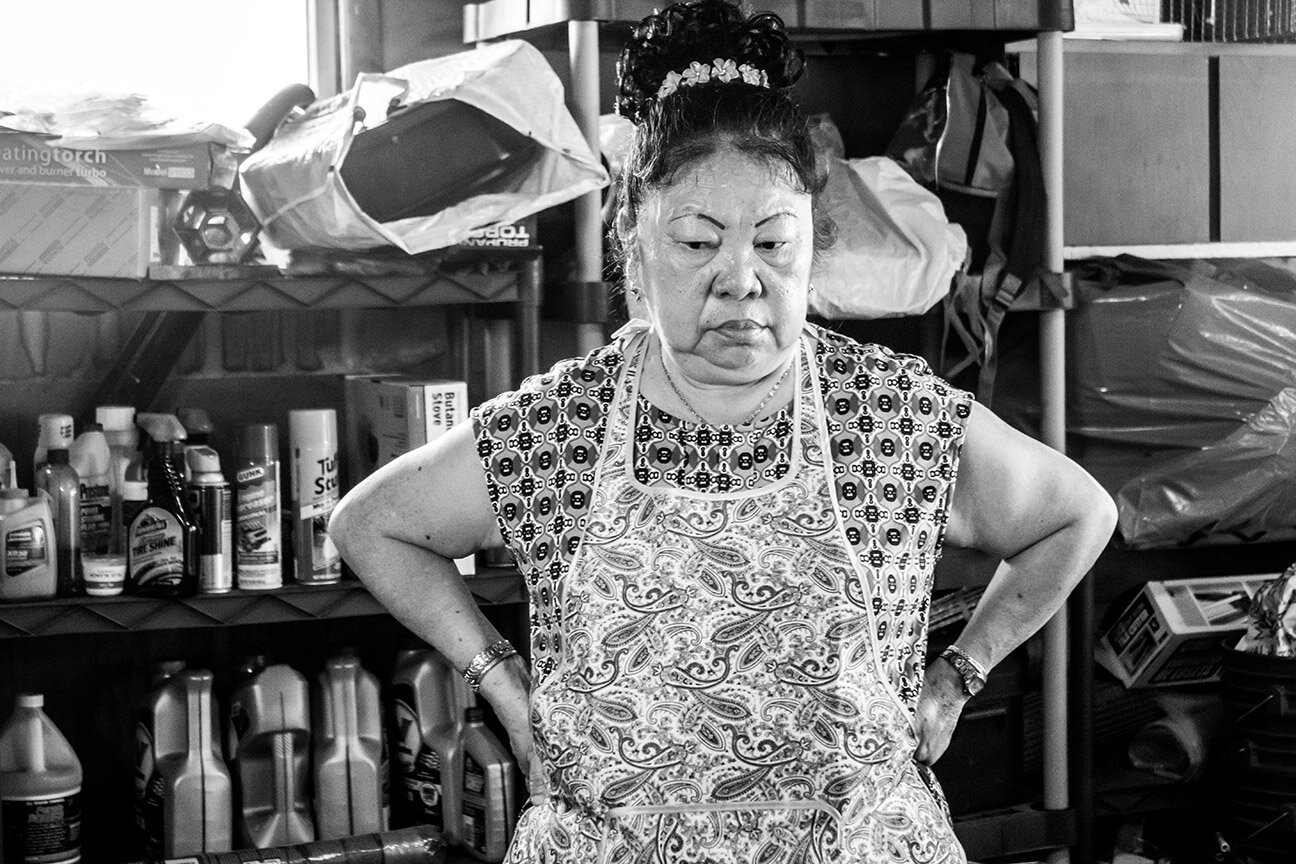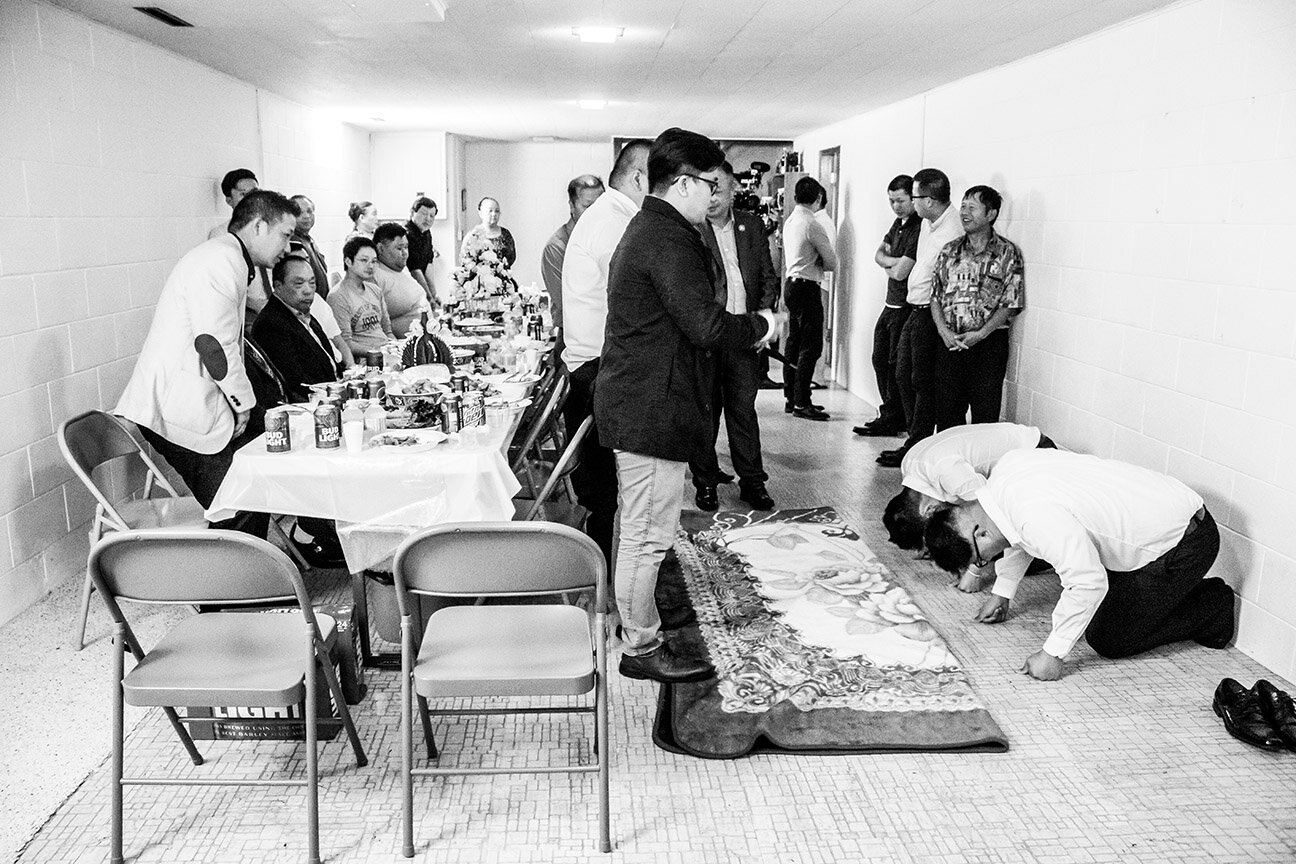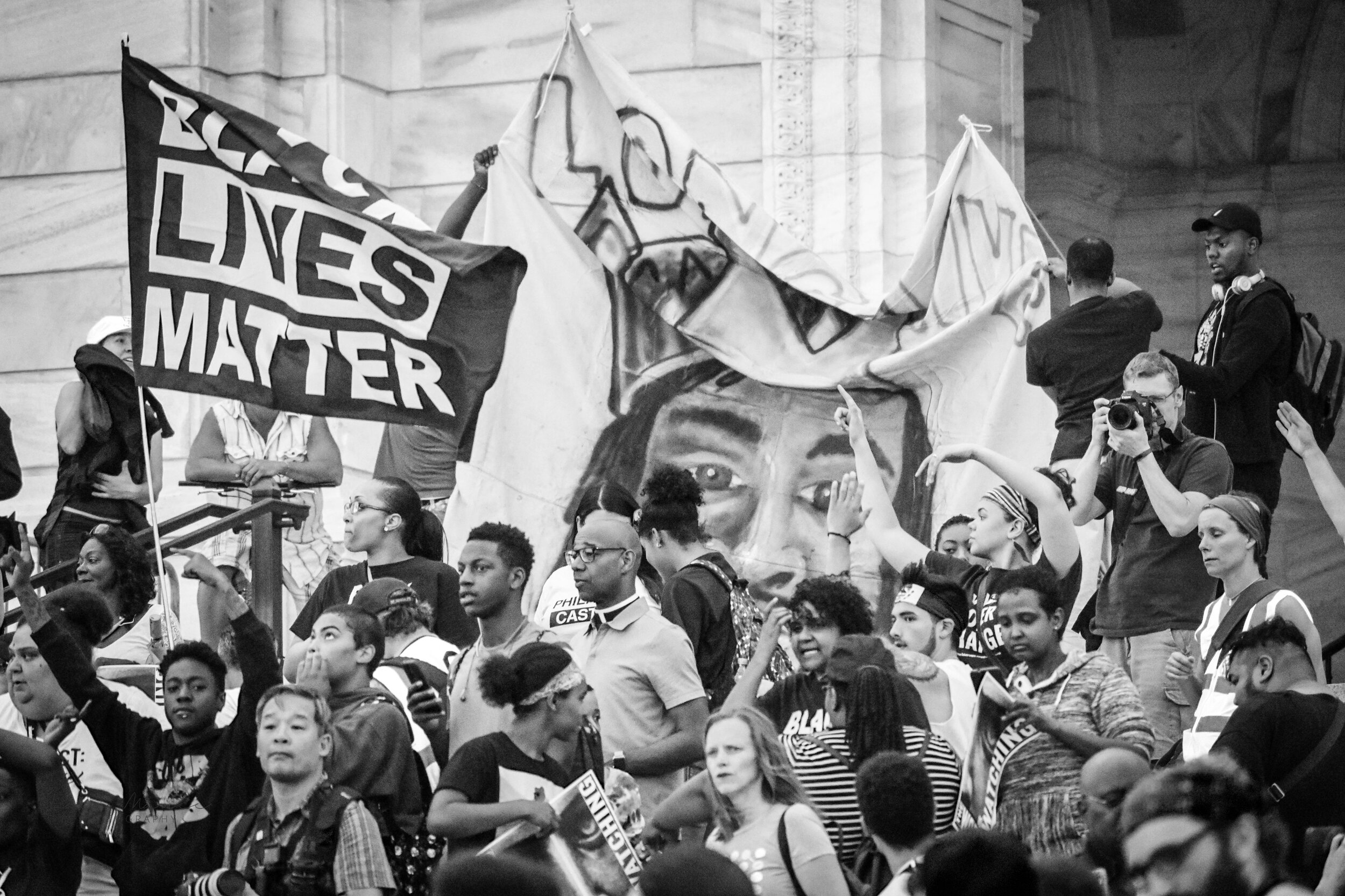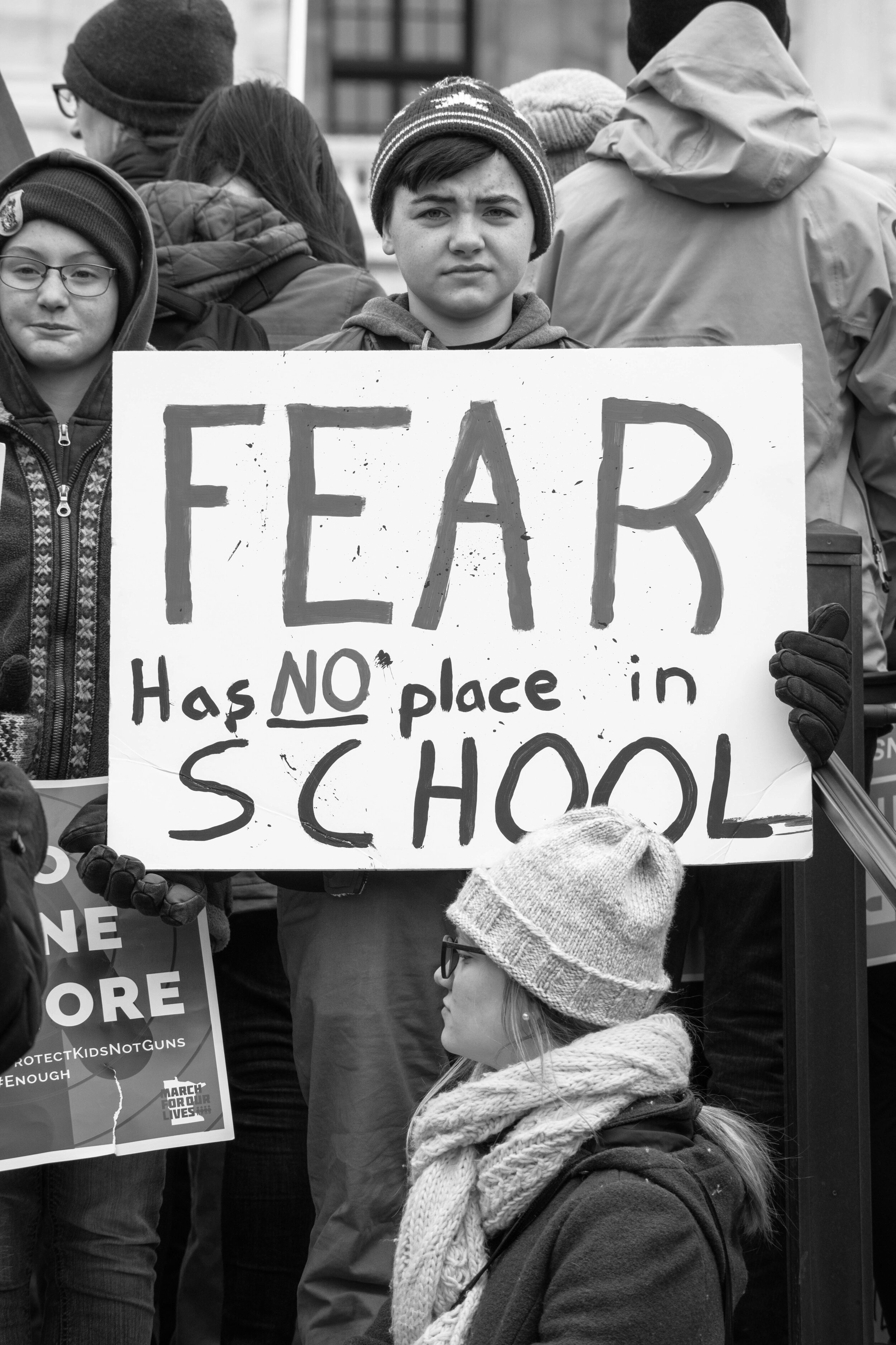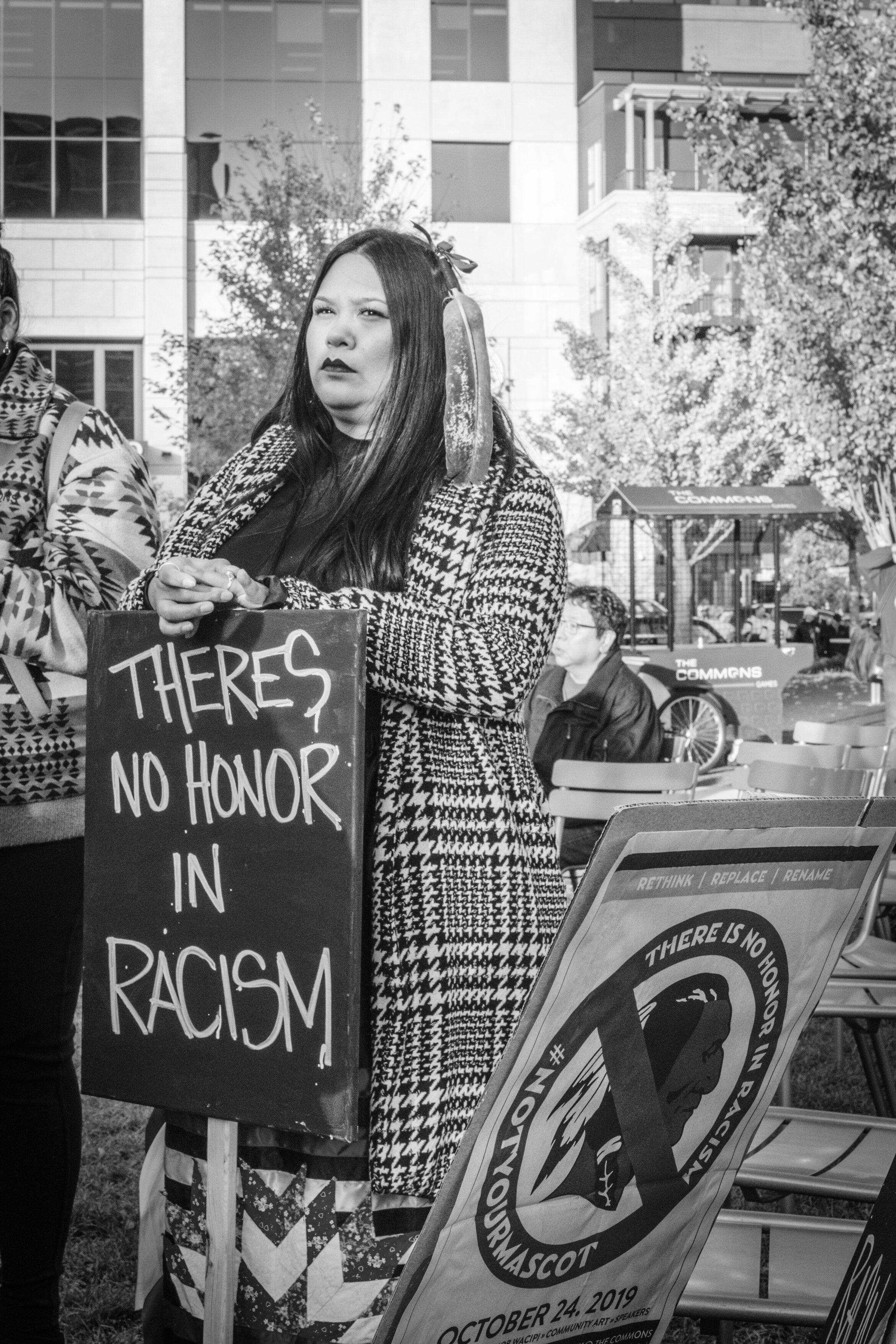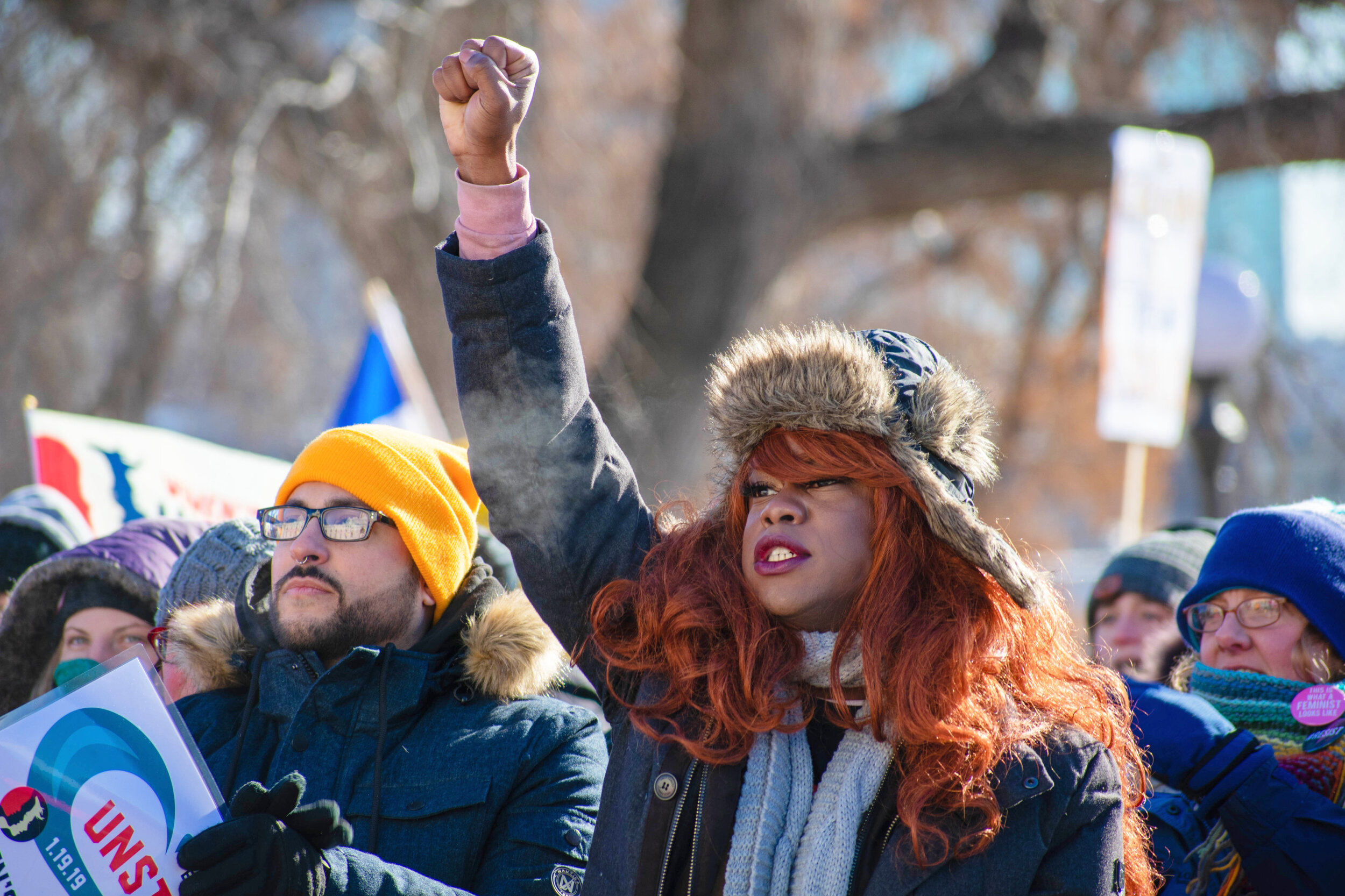Artists & Disability
circa 2019
Artwork expressing the complexity of disability from artists that live within it. This exhibit features works by Kazua Melissa Vang, a daughter to two severely disabled parents; Lacey Woida - a photographer and activist that was recently diagnosed with a debilitating genetic condition called Ehlers Danlos Syndrome; and Chris Juhn a photojournalist that identifies on the Autism spectrum. All three bring an intimate understanding to how they approach photography and disability through their work.
chris juhn
Chris is a freelance photographer based out of the Twin Cities who specializes in sports photography and photojournalism. He currently attends Century College in White Bear Lake, MN where he studies photography.
Currently, Chris freelances for Minnesota Public Radio, the Minneapolis Spokesman-Recorder. and Sport Ngin. His long-term goals are to do photography projects locally, nationally, and internationally, covering issues around the globe as well as stories.
This image series was taken in Mexico City in September of 2018. They were taken in psychiatric institutions throughout and on the outskirts of the city while documenting a human rights investigation with Disability Rights International.
The focus of the documentation was to visually show what many peoples’ lives look like with disabilities in a place void of human rights for people with disabilities. Throughout the journey we visited 5 psychiatric institutions as well as a group full of self-advocates called Colective Chucan. The group consists of people with disabilities including many who were institutionalized and are currently working towards bettering the conditions for people with disabilities in Mexico.
Along with that documentation we went to talk to a woman with two autistic sons who got there kids in the public school system. Many people wanted her to institutionalize her children.
One of the more inspiring stories was of a woman who was told she needed to be sterilized. She fought for her reproductive rights and won. When she ended up getting pregnant they wanted her to get an abortion. She was able to fight an Edwin but then when the child was born they wanted her to give up the child for adoption. She is now the proud mother of her child.
Some of the other stories that were more heartbreaking were stories of forced shock therapy, lobotomies, and torture that exists in Mexico’s system.
You can find out more about Disability Rights International and the work they do at driadvocacy.org.
kazua Melissa Vang
Kazua Melissa Vang (She/Her/Hers) is a Hmong American filmmaker, photographer, teaching artists, production manager, and producer based in Minnesota. Vang has production/stage managed Hmong-Lao/Lao-Hmong Friendship Play with Lazy Hmong Woman Productions and NICE, an independent pilot and official selection under Indie Episodic Category at the 2018 Tribeca Film Festival. She is a producer for HMONG ORGANIZATION, a comedic web series with writer, May Lee-Yang and Peter Yang, and director, Kang Vang. Vang co-founded the Asian Pacific Island American Minnesota Film Collective (APIA MN Film Collective). Her first short film, RHAUB, an official selection at the 2018 Qhia Dab Neeg Film Festival in Saint Paul, MN. Vang recently received the Forecast Public Art Early-Career Project grant and is currently developing a short experimental and narrative film as a writer/director.
This set of photographs feature images from two series, #textureofsurviving and Hmong Ephemera. For over 20 years, I have been a caregiver to my father and, as of 2015, to my mother. I became aware of the changes between my relationship with both my parents. As complex as it is, my experience as a caregiver continues to change my understanding of my role as an individual, a Hmong daughter, and an artist. Having parents with disabilities often times take up space, as they are the ones receiving care. Photographing my parents who have disabilities is part of my self-care and process to be able to understand my role as a caregiver. These photographs are highlights of the daily and quiet moments. In these photographs, I focus on the world of caregiving, to be able to assemble and piece together the complexity of behavior and emotion that few individuals experience directly, but most can relate to on a broader level.
Lacey Marie Woida
My name is Lace Marie and I am a Disabled, C-PTSD Survivor, Writer, Photographer, Mixed Media Artist, Storyteller, Advocate and Activist living in Downtown St.Paul MN. As an artist and human being I am in continual awe of the mysterious beauty, strength and truth that can be found in the raw, ugly vulnerable moments of our lives.
As a disabled artist, photography is a way to stay connected to others. I made an intentional move three years ago to downtown St.Paul so I could be part of the Lowertown artist community. I also benefited from moving to the city because of the convenience of walking distance and the many modes of transportation options to choose from. As a person with a disability I was too isolated in the smaller town I moved from. I did not have reasonable access to life and opportunities outside my apartment when living there.
Yes, you can say I’m a person with a disability. But what if the society we lived in was very accommodating to people like me, would we really be disabled or would we have the same opportunities as everyone else? Is it our physical body that limits us? or is it society? Over one billion people, or 15% of the world's population, experience some form of disability yet the world doesn’t acknowledge our presence and needs for accessibility.
I saw that my body could only “sort of” handle going to the protests because it would wipe me out for days or weeks. I had to wear a back brace and ankle brace. I made sure to pack extra ibuprofen and muscle relaxers, plenty of water or electrolyte drinks just to be able to go. Another thing I would do was take Epsom salts baths before and after events so my muscles wouldn’t be so tense. By doing these things, and packing these things in my camera bag, I was able to go and take photographs and not injure myself. I also made sure to have back up ways to get home, whether it be bus fair, a ride from friends, or a Lyft account.
I’m finding now that I cannot go out during the summer months and I’m even starting to have problems with winter. Because of that I’m in the process of getting an electric wheelchair through my CADI Waiver. That way I can still live an active connected life and I can still be a part of my community and still be a photographer/activist. Having the accommodation of a wheelchair will help me conserve my energy and help me just get around. It will be another adventure for me being someone who is trying to navigate protests and still capture photographs in a wheelchair when not used to using one. I can imagine being someone who can still walk who needs sometimes a wheelchair (ambulatory wheelchair user) will be a learning curve. I will have to deal with people judging my use of a wheelchair when I can still walk at times.
My camera gave me the opportunity to step out into my community and meet people, fellow photographers, activists, community leaders. The energy I had felt at being in a sea of people fighting for humanity gave me strength that wasn’t physical, the energy helped me know I’m not alone and in my time of need people will stand with me. Having a mobility device will help me continue to do this.
My photos for this exhibition are chosen from three years of photographing different protests, rallies and marches. They are a good mixture of many different causes but all boiling down to human rights and dignity. Some of the events were… Justice for Philando, Mni Wiconi Water Is Life, The Women’s March, Fighting for DACA, Missing and Murdered Indigenous Women (MMIW), Dump Trump, People’s Rally for Justice, No to the Anti Protest Bill, Standing With Standing Rock Solidarity Rally, Not Your Mascot, March For Our Lives, MN loves Ilhan.
This exhibit series was made possible through the generous support of the McKnight Foundation and the Minnesota State Arts Board Arts Learning Program.

